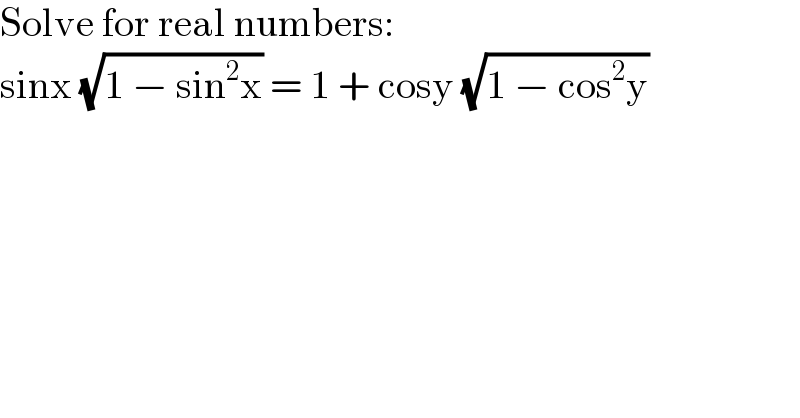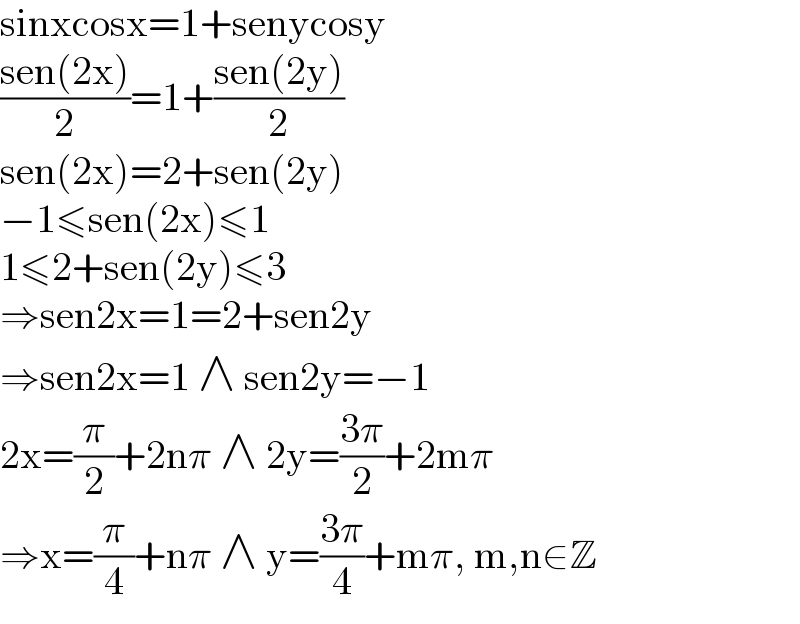
Question and Answers Forum
Question Number 184622 by Shrinava last updated on 09/Jan/23

Answered by floor(10²Eta[1]) last updated on 09/Jan/23

| ||
Question and Answers Forum | ||
Question Number 184622 by Shrinava last updated on 09/Jan/23 | ||
 | ||
Answered by floor(10²Eta[1]) last updated on 09/Jan/23 | ||
 | ||
| ||